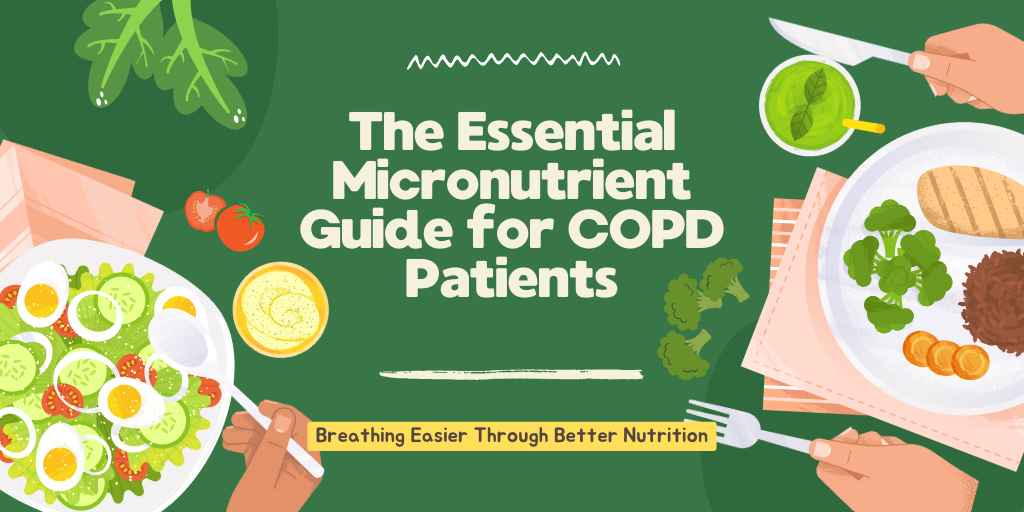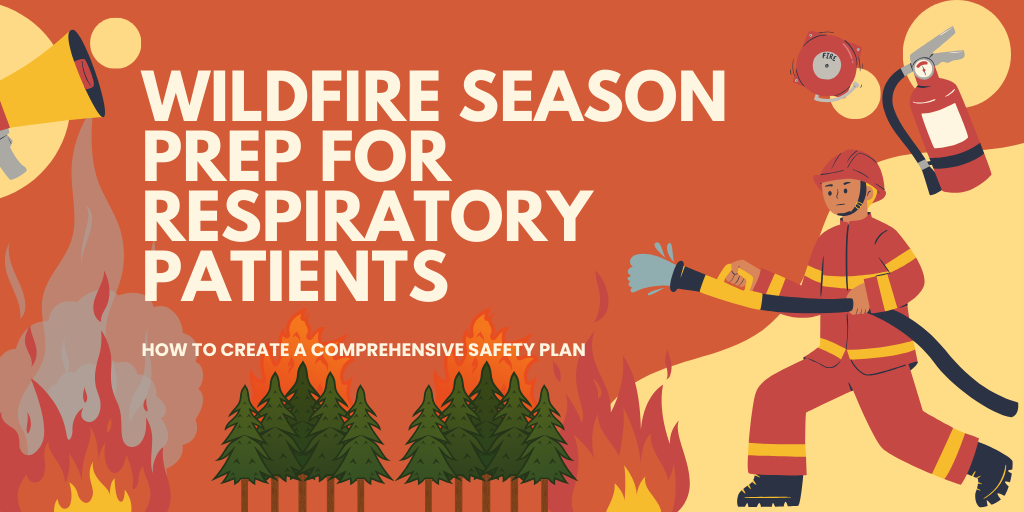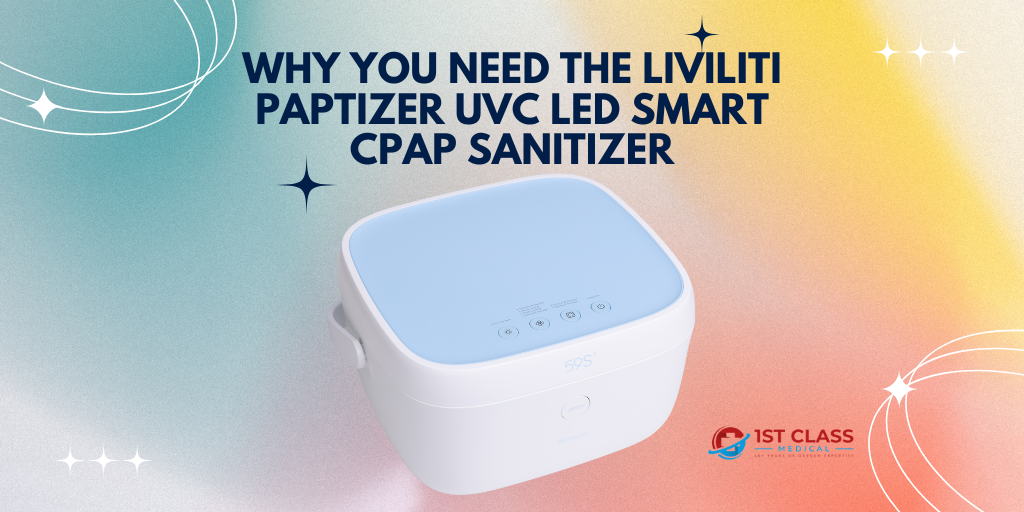
When going to the doctor for a test related to COPD, it can be scary, as you are participating in tests that you know little about and don’t know how invasive they may be.
There are common tests for COPD that we included in this list so you can better prepare for the doctors visit.
Knowing what the tests are that you have to go through at the doctor’s office can make the experience a more positive one.
It can also bring you comfort when you go, and you know what is going to happen during the testing.
Many of these tests are non-invasive, allowing you to feel more comfortable and confident during the tests.
It is important to talk with your doctor about any medications, as well as lifestyle choices (smoking, drinking coffee, diet) you make, that they may not know about.
Spirometry:
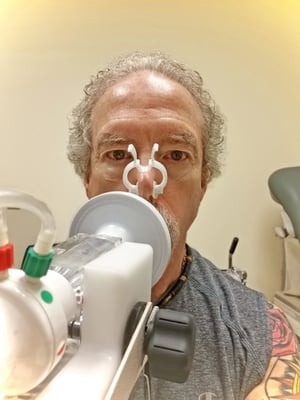
Though it may sound like a very intimidating test, it is pretty common for doctors to do a spirometry test to diagnose COPD and other conditions related to breathing.
It is also used to check up on medication for a lung condition as well as the status of the condition.
When preparing for the test, plan to wear comfortable clothing you can breathe deeply in, as well as eating a smaller meal before you go so that you don’t have a hard time breathing for the test.
During the test, you will most likely be seated and there will be a clip over your nose to better measure your mouth breathing.
A nurse, doctor or technician will discuss what will happen during the test, and if any part seems confusing, ask for a better explanation.
Accurate tests matter, so focus on the test and your breathing.
You will put your mouth around a tube, creating a seal, and then breathe in and out a handful of times to get a constant result.
From there, your doctor may give you medication and have you try again to test the difference, testing you a few more times, to get a constant result again.
Bronchodilator Test:
Very similar to the spirometry test, a bronchodilator test will require a breathing into a tube and measuring your breathing ability after taking an inhaler.
Blood Test:
A blood gas test measures the level of oxygen and carbon dioxide in your blood.
This lets your medical team see how well your lungs are functioning.
If you have too much carbon dioxide in your blood, that means you are not getting enough oxygen into your lungs and then into the rest of your body, including your blood and organs.
For this you will need your blood drawn, so make sure to wear a shirt you can either roll up past your inner elbow, or just a t shirt.
6 Minute Walk Test:
A pretty self-explanatory test, the 6 minute walk test requires you to walk on a flat, hard surface for 6 minutes.
You are able to stop and rest as needed, but you are required to stay standing.
There will be a medical team member (nurse, doctor or technician) with you, walking you watch and there to update you on how many minutes have elapsed.
This test is supposed to represent how well a person can perform everyday activities.
When going to the doctor, in order to prepare for a 6 minute walk test, wear the right shoes and comfortable clothes than you can walk in.
Wearing sneakers will make it easier to walk for 6 minutes.
Plan to eat a light meal and avoid food right before the doctor’s visit, try to make it a healthier meal so you do not get out of breath as easily.
Genetic Testing:
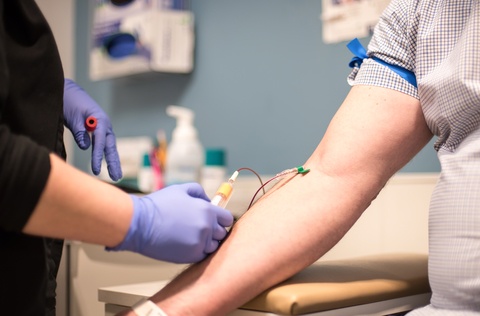
Though COPD can seem like it could not be hereditary, aspects of it can be.
To find out if you could have COPD through your genes, you doctor can perform a blood test.
If your family has a history of COPD, it could be due to an AAT deficiency, which stands for Alpha-1 Antitrypsin deficiency.
AAT is a protein produced in the liver but is made to protect the lungs from smoke and other irritants.
If there is a deficiency, the proteins are not the right shape and can get stuck in the liver cells, not making it to the lungs to protect them.
When trying to check genetics to see if you can get COPD hereditarily, blood is drawn and tested to see if you have an AAT deficiency.
Though AAT deficiency doesn’t mean you have COPD, it does mean your lungs are at a higher risk, as they are not protected.
This test is also a blood test, so like the blood test, make sure to wear a t shirt or a shirt you can roll the sleeve up.
X-Rays and CT Scans:
X-rays and CT scans are used to help the doctors see into your body and look at your heart, lungs, blood vessels and other organs.
This allows your medical team to see if COPD is what is causing your symptoms or if it’s something else.
CT scans provide a more detailed image, as a standard x-ray does not provide enough detail for some diagnosis’.
Both x-rays and CT scans can give off radiation, CT scans put more radiation off that x-rays do.
Though both still put off a minimal amount of radiation, if you are exposed to it over time, it can higher your risk of cancer.
Depending on the location of the CT scan or x-ray, you may be required to put on a hospital gown.
Sputum Exam:
Though this test can be uncomfortable, it can help your doctor determine if you have any form of cancers in the lungs.
The goal is to cough up enough mucus (which is called sputum when you cough it up) that your doctor can then analyze.
It can also help your doctor see if there is any unhealthy bacteria or possible infection.
There are no attire requirements for this test, and you most likely will be able to wear what you came in with.
EKG:
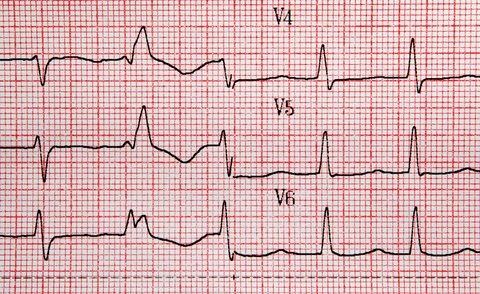
An electrocardiogram can help your doctor determine if you have a heart or lung problem.
EKG’s measure the electrical activity in your heart, so it can determine if your heart is having an issue or if it is your lungs.
After a period of time with COPD, it can lead to heart conditions, such as heart failure, a heart attack or an abnormal heart rhythm.
The only uncomfortable part of an EKG is the electrode that is put on your skin to track the electrical activity.
These electrodes can irritate the skin on occasion, not because of the test, but because of the adhesive.
For an EKG, you may have to put on a hospital gown, as the electrodes can be hard to place on your body with everyday clothes on.
Conclusion:
Though getting testing done at the doctor can be scary, knowing what each test is for and what to expect can make the trip easier.
There are a handful of tests that can be done to test for COPD, or to narrow down what your symptoms could mean.
If you ever feel uncomfortable with a test, talk to your doctor and ask questions about the procedure.
That way you and your doctor can both feel confident going into the procedure.




